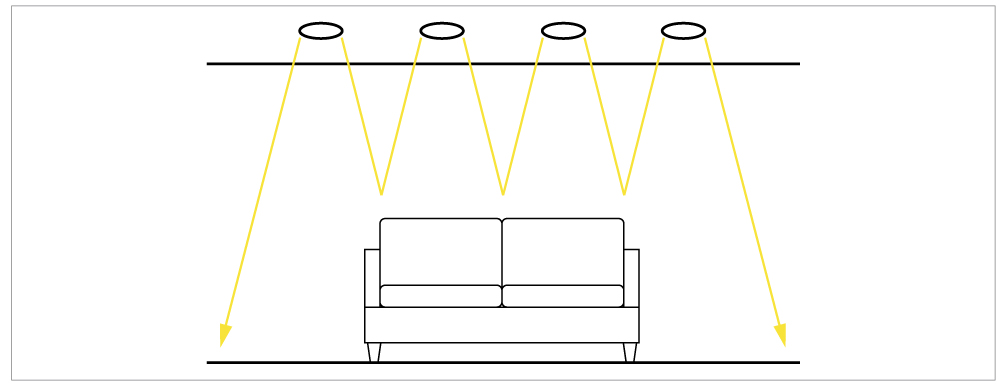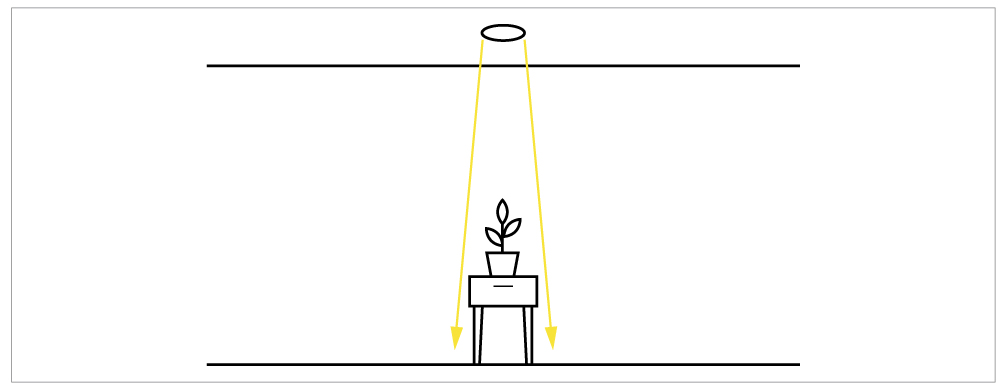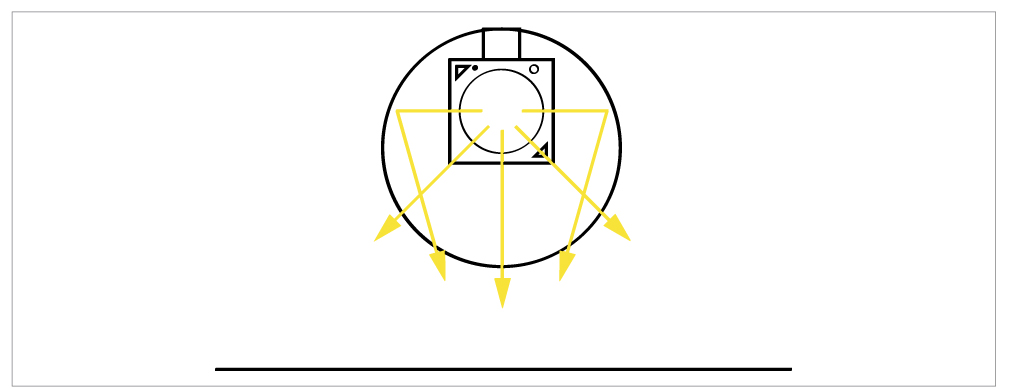
There are many forms of lighting that we use in everyday life, but what do they all do and how does that help us?
Ambient lighting refers to the main source or general illumination in any room. Windows, skylights, and centrally located ceiling fixtures can provide the main source of light. You can also achieve this using recessed fixtures and decorative lighting such as chandeliers and larger pendants. You will need to layer this with accent lighting and task lighting. This will allow you to transform a room into a seamless combination of functionality and style.

Accent Lighting is used to focus light on a particular area. An example of this would be using an adjustable track light to highlight wall art or decorative items on display. Track lighting, picture lights, small adjustable recessed and sconces are all considered to be accent lighting.
Wall Washing is a technique used to wash vertical spaces in a room with light. This allows the light to add ambiance or create a dramatic look in a space. Wall washing is a great way to highlight architecture or textures that have been applied to the walls. The wall wash technique looks better when the light source is concealed.

Task Lighting is used to perform certain tasks. Such as preparing food, work spaces, and applying makeup. There are many products on the market that you can use for the task at hand, under cabinet lighting, puck lights, and portable lamps. This will allow you to have light directly where you need it. Make sure to fit the light to the area so you do not cause shadows or reduce the visibility of the area.

Efficacy is a metric used to compare light output (lumens) to energy consumption (watts). If I a luminaire delivered 3000 lumens and consumes 30 watts then the efficacy would be 100 lumens per watt: 3000Lm/30W=100LPW. The current standard efficacy in the market ranges from 60LPW to 100LPW compared to that of a traditional incandescent light bulb, which is roughly 15LPW.

Luminous Flux or Lumens is the measure of light coming from a specific source. Lumens are a unit of measurement that quantifies the flow of light from a fixture or a lamp. For example, if the light source claims 1,000 lumens (Lm) it is the measure of the total light output of that device. The higher the lumen rating, the more light that is produced by the light source.

Lumen Depreciation or lumen maintenance is the luminous flux lost over time. This compares the amount of light produced initially from the light source to the amount of light output at a specified time in the future. If a new luminaire has produced 1,000 lumens of light and now produces 700 lumens after the 50,000 hours, then it has lumen maintenance of 70 at 50,000 hours.

